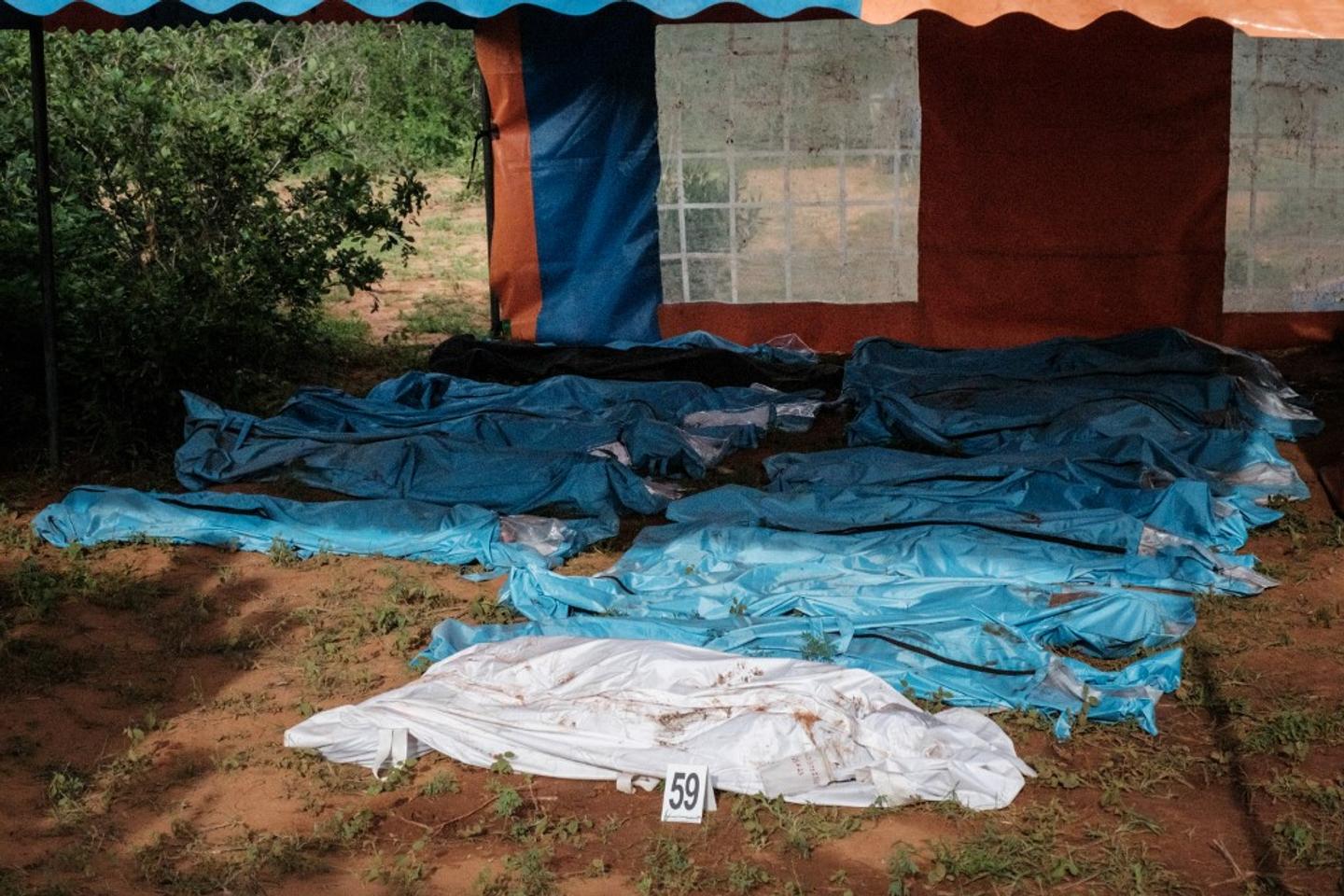Fresh Fears of Cult Resurgence in Kilifi as Former Shakahola Survivors Resurface
Fresh concerns have emerged in Kilifi after the discovery of a body and rescue of four emaciated individuals near Shakahola Forest. Among the suspects is a couple previously rescued from the 2023 Shakahola cult, now feared to have rejoined radical activities. Authorities and human rights groups warn of a possible resurgence of cult operations in the region.
Another Cult In Shakahola? Police recover one body, rescue four suspected cult members Emaciated individuals were in a...
Posted by Citizen TV Kenya on Sunday 20 July 2025
Nearly two years after the horrifying discovery of mass graves in Shakahola Forest shocked Kenya and the world, new developments in Kilifi County are reigniting fears that the dark chapter of cultism is far from over. Authorities have recovered one body and rescued four severely emaciated individuals just kilometres from the original Shakahola site—an area that remains synonymous with one of Kenya’s deadliest cult tragedies. The incident has stirred widespread alarm, with many fearing the rise of what’s now being termed as “Shakahola Two.”
Shockingly, among those arrested are a married couple who were previously rescued from the infamous Shakahola cult led by controversial preacher Paul Mackenzie. The couple, originally from Nyadorera in Siaya County, had reportedly reintegrated into society after their rescue during the 2023 government operation. However, they mysteriously vanished from their home in March this year, fleeing with their six children aged between one and fifteen years. Their reappearance in Kilifi under suspicious circumstances has left investigators scrambling for answers.
The brother of the male suspect, whose identity has been protected due to security reasons, expressed dismay over the development. “He left with his family to Shakahola the first time but was rescued and returned home,” he said. “We believed he would reform, but now he’s back again. I have lived with those children, and now I don’t know where they are. I’ve tried to find them, but I haven’t seen them. I’m leaving it to the government to investigate.”
The whereabouts of the six children remain unknown, deepening the mystery and heightening the concern. Their disappearance has only intensified speculation that a new wave of indoctrination or cult activity could be underway in Kilifi’s remote and forested areas. Human rights advocates and local officials are now raising red flags about a possible regrouping of cult remnants who escaped the initial crackdown.
Rapid Response Officer Mathias Shipeta of a local rights group has called on authorities to act swiftly. He revealed that one of the children now missing had previously been rescued and placed in a government care facility. “As we speak, there is growing concern that Shakahola 2 might already be happening,” said Shipeta. “We urge the police to investigate thoroughly to ensure we do not see more deaths as in Shakahola 1.”
Shipeta further alleged that there are reports of individuals previously arrested and held at Shimo la Tewa Prison attempting to regroup and revive cult teachings. “We are told some of them are still conducting indoctrination sessions and trying to radicalize Kenyans again,” he added. These developments suggest the original Shakahola network may have never fully been dismantled, but merely scattered.
The brother of the male suspect added his voice to the growing alarm. “I am pleading with the government to put a complete end to this Shakahola issue. It should not continue. It seems some people are regrouping again in the forest,” he said.
The original Shakahola massacre, which unfolded in early 2023, claimed over 400 lives, mostly of followers who were allegedly coerced into fasting to death under Mackenzie’s influence. The tragedy prompted national and international outrage and led to calls for tighter regulation of religious organizations, especially those operating in secrecy or promoting extreme doctrines.
As investigators widen their probe and human rights organizations demand decisive action, the Kilifi community and the nation at large are once again holding their breath. The reappearance of past victims and renewed signs of cult activity have not only reopened old wounds but also raised difficult questions about the effectiveness of de-radicalization efforts and government oversight.
The government has yet to issue a comprehensive update, but early indications point to a growing and potentially dangerous trend that could spiral out of control if left unchecked. The hope is that lessons from the Shakahola massacre will now inform rapid response and policy to prevent another national tragedy.













